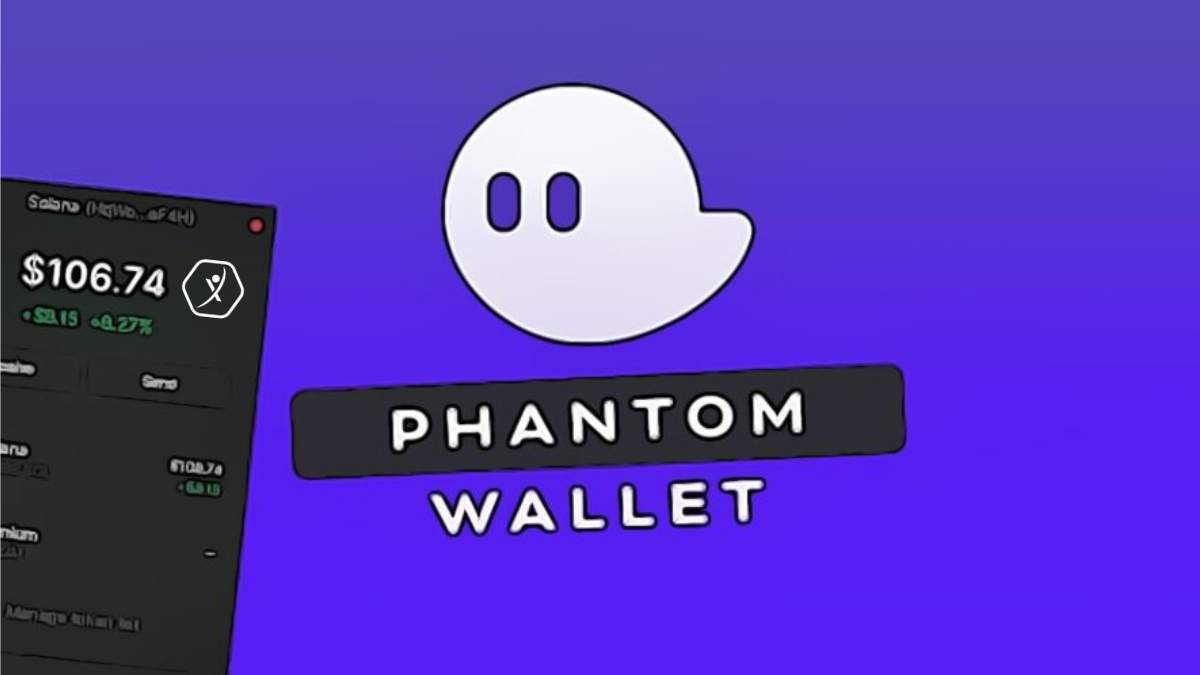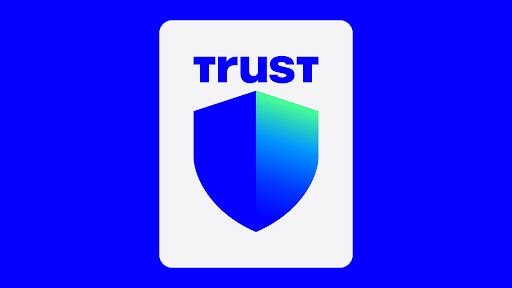Why Solana’s SPL Tokens and DeFi Scene Are Shaking Up Crypto Wallets
Wow! Ever stumble upon Solana and just get this gut feeling that it’s not your usual blockchain hype? Yeah, me too. At first glance, it looks like just another fast network boasting low fees—big deal, right? Well, not exactly. The more I dug into its SPL tokens and DeFi ecosystem, the more I realized there’s a serious shift happening under the hood. Something felt off about the usual “Ethereum killer” chatter; turns out, Solana is carving its own lane with a different vibe altogether.
Okay, so check this out—SPL tokens are essentially Solana’s version of Ethereum’s ERC-20 tokens, but with a twist that makes them way more scalable and efficient. That’s a big deal because tokens are the lifeblood of any DeFi project. I mean, if you’re into decentralized finance, you want speed and minimal fees, right? Solana nails that with transactions settling in milliseconds and costs barely scratching a cent. It’s like the network is whispering, “Hey, come trade, swap, and stake without breaking your budget.”
Now, here’s where it gets interesting. I initially thought that integrating these SPL tokens into user-friendly wallets was a no-brainer, but actually, wait—let me rephrase that. The wallet experience is where Solana’s ecosystem either wins or loses users. Phantom Wallet, for example, has been a game changer. It doesn’t just hold your tokens; it’s like a sleek dashboard for interacting with Solana’s DeFi apps. If you’re a browser user, having something lightweight yet powerful feels very very important. Phantom’s browser extension is a perfect example of this balance.
On one hand, Ethereum wallets have had years to mature, but their gas fees and slower speeds still bug me. Though actually, Solana’s lightning-fast throughput is not without its own quirks and debates about decentralization. Still, I can’t deny the thrill when a swap executes instantly on a DEX like Serum without the usual nail-biting wait times.
Here’s the thing: If you’re hunting for a browser-based wallet that supports Solana’s SPL tokens and lets you dive into DeFi without hassle, I found a pretty solid resource you might wanna peek at here. It’s got the lowdown on Phantom’s extension, which feels like the gateway drug to Solana’s wild DeFi west.

Why SPL Tokens Are More Than Just Crypto Buzzwords
Seriously? SPL tokens might sound like jargon, but they’re what’s powering a ton of projects on Solana. Think of them as digital assets native to the network, designed to be super lean and fast. The way SPL tokens are structured allows for a huge variety of DeFi experiments, from yield farming pools to NFTs and beyond.
I’m biased, but the technical design here is clever. Solana’s proof-of-history consensus combined with SPL tokens creates a synergy that Ethereum’s current model can’t match without some serious upgrades. That said, it’s not all sunshine. Some projects have faced hiccups with network congestion during peak activity, which caught me off guard because I assumed Solana was invincible in that regard.
It’s like when you find a fast car that handles great but occasionally sputters on rough terrain. You can still enjoy the ride, but you gotta be ready for some bumps. DeFi builders on Solana seem to be learning this firsthand, iterating quickly to optimize their token contracts and user interfaces.
And oh—if you’re wondering about security, SPL tokens benefit from Solana’s robust architecture, but remember no system is bulletproof. The community and developers are very active in patching vulnerabilities, which gives me some peace of mind, but I’m not 100% sure all risks are fully ironed out yet.
DeFi on Solana: A Wild Frontier or a Smooth Highway?
Imagine walking into a bustling marketplace where everything moves at light speed, but the stalls are still setting up. That’s Solana DeFi right now—exciting and chaotic. Protocols like Raydium and Orca offer AMM (Automated Market Maker) services that rival Ethereum counterparts in speed and cost. But the ecosystem is still maturing, with some projects in beta and others battling fragmentation.
My first impression was that DeFi on Solana felt a bit raw, kind of like a startup in its garage phase. However, as I explored more, I saw serious traction: liquidity pools swelling, cross-chain bridges improving, and developer tools getting better. It’s a dynamic space where innovation happens fast, sometimes too fast for comfort.
One interesting aspect is how many projects lean heavily on SPL tokens for governance and utility. This token-centric approach fosters tight-knit communities but also introduces complexity for newcomers. You need a wallet that not only stores your tokens but also seamlessly connects you to multiple apps without a hitch. That’s why Phantom’s browser extension stands out—it’s like your Swiss Army knife for Solana DeFi, wrapping everything into one neat interface.
Speaking of wallets, I’ve been tinkering with a few, but Phantom’s ease-of-use keeps pulling me back. If you want to jump into Solana’s DeFi universe, you can check it out naturally here. The setup is straightforward, and the extension feels native to the browser, no heavy installs or confusing setups.
Still, I gotta admit, the speed and low fees sometimes make me wonder about trade-offs in decentralization and long-term sustainability. The network’s rapid growth is impressive but also brings questions about how governance will evolve as the ecosystem scales.
So, What’s Next for Solana and Its Wallets?
Hmm… if you asked me six months ago, I’d say Solana was just a flashy newcomer. Now, I’m convinced it’s more like a rising star with a real shot at reshaping how DeFi works, especially for everyday users who want quick, cheap, and intuitive access.
Phantom Wallet’s browser extension is a key piece in this puzzle. It’s not just a wallet; it’s a bridge to the sprawling Solana DeFi world, simplifying the complexity without dumbing it down. For browser users craving a hassle-free experience, Phantom seems to hit the sweet spot. You can find the details about it naturally here, in case you want to take a closer look.
Still, I’m watching closely. With all the wild innovation and rapid changes, things might get bumpy. But that’s kinda the thrill of crypto, isn’t it? Fast lanes, unknown turns, and the occasional pit stop. Whether Solana becomes the main highway or a scenic route, its SPL tokens and DeFi ecosystem are definitely worth a look.
So yeah, if you’re the type who likes to stay ahead of the curve without getting stuck in endless fees or lag, I’d say give Solana and its Phantom Wallet extension a spin. Just be ready for some surprises along the way—and hey, maybe that’s the best part.




